Roman Bridge
The Guadalquivir River is crossed by the famous Roman Bridge of Cordoba. It is one of the most outstanding displays of Roman engineering in Spain and one of the most significant and recognizable features of the city.
Under the Roman Empire administration, the Roman Bridge was initially constructed in the first century BC. The bridge, which was built to connect Cordoba with the rest of the Roman Empire, was crucial to the city’s economic and cultural growth.
The bridge has been broken and restored several times throughout the years. It was rebuilt and reinforced during the Islamic era’s 10th century in order to protect the city from potential invasions.
The Roman Bridge has 16 arches, is nearly 250-meter-long and is made of a combination of stone and brick. One of the most impressive features of the Roman Bridge is the impressive Gate of the Bridge, or Puerta del Puente, which was built during the Islamic period.
Patios of Cordoba
The Patios of Cordoba, or Los Patios de Cordoba in Spanish, is an annual celebration of the city’s customary courtyard gardens, or patios, which are an important aspect of the local culture.
The Patios of Cordoba festival is typically held during the first two weeks of May when the city’s patios are in full bloom. During the festival, homeowners in the historic district of Cordoba open their courtyards to the public, allowing visitors to explore the beautifully landscaped gardens and learn about the history and traditions behind the patios.
The patios are typically decorated with colorful flowers, fragrant herbs, and intricate mosaics, and many of the gardens feature traditional fountains, water features, and architectural elements such as arches and columns. The festival also includes live music and dance performances, as well as food and craft vendors selling local specialties.
In Cordoba, there has been a history of courtyard gardening since the Roman era, when homes were built with central courtyards to provide natural lighting and air. These courtyards gained popularity as locations to cultivate plants over time, and by the 20th century, they had developed into a significant cultural icon of Cordoba. The first open patio competition took place in 1918, and since then, the festival has developed into one of the most well-attended yearly gatherings in the city.
Calleja de las Flores
Calleja de las Flores is a lovely, tiny street found in Cordoba’s old district. The street’s current name, which translates to “Alley of Flowers,” was given to it over time because of its charming white residences that were decorated with flowers and plants. The area is now a well-liked hangout for visitors visiting Cordoba.
Calleja de las Flores is known for its picturesque scenery, including a great view of the Mezquita-Catedral tower from the street’s end. Visitors may enjoy a leisurely stroll along the constrained cobblestone path while viewing the whitewashed structures that are covered with vibrant flowers and ornamental plants.
The fountain at the end of the alley, which is one of the street’s most recognizable features and a favorite location for photos, is encircled by a small garden of vibrant flowers. Along the Boulevard, there are also stores and cafés where visitors may pause for a beverage or a snack.
Medina Azahara
During the reign of Caliph Abd al-Rahman III, the palace city known as Medina Azahara was constructed. It was built as a representation of the riches and authority of the Umayyad Caliphate in Spain. The city was only occupied for a brief time until the civil war in the 11th century caused it to be abandoned and ultimately destroyed.
Medina Azahara is a UNESCO World Heritage Site and a popular tourist destination nowadays. The Great Mosque, the Palace of the Caliphs, and the House of Yafar are just a few of the buildings and structures that can be found among the palace remains, cities that are open to visitors. The location has a museum where items from the city are on display, including pottery, coins, and architectural components.
Medina Azahara’s exquisite architecture, which includes delicate mosaics, complex stucco work, and lovely gardens, is one of its most striking characteristics. From the site’s high elevation, visitors may also take in panoramic views of the surrounding landscape.
Palacio de Viana
As a residence for the Marquis of Villaseca, Palacio de Viana was initially built in the 14th century. Subsequent owners, notably the Marquis of Viana, refurbished and enlarged it throughout the years. The palace is now a national landmark and a popular tourist destination in Cordoba.
There are 12 patios or courtyards at the Palacio de Viana, each with a distinct design and purpose. These patios offer a tranquil oasis in the middle of the city and are exquisitely furnished with fountains, sculptures, plants, and flowers. A variety of halls and galleries in the palace also house a collection of artwork and historical objects.
It’s vital to note that the palace is spread out across a vast area, therefore wearing comfortable shoes is advised. Visitors should bring drinks and sunscreen because it might get hot during the summer. There are entrance costs for the palace, and some groups, such as students and the elderly, are eligible for discounts.
Plaza de la Corredera
In the center of Cordoba, there is a public square called Plaza de la Corredera. When the square was first built in the 17th century, it served as a bullring where bullfights and other events were held. The bullring was destroyed in the 19th century, and the area was changed into a marketplace where residents offered fresh items for sale. The plaza is now a well-liked hangout for both visitors and residents.
The rectangular Plaza de la Corredera is flanked by three-story buildings with porticoes on the ground floor. The plaza is distinguished for its vibrant façade, which is painted in hues of red, orange, and yellow. The area is home to a number of eateries and coffee shops, as well as local merchants selling handcrafted goods, jewelry, and other goods.



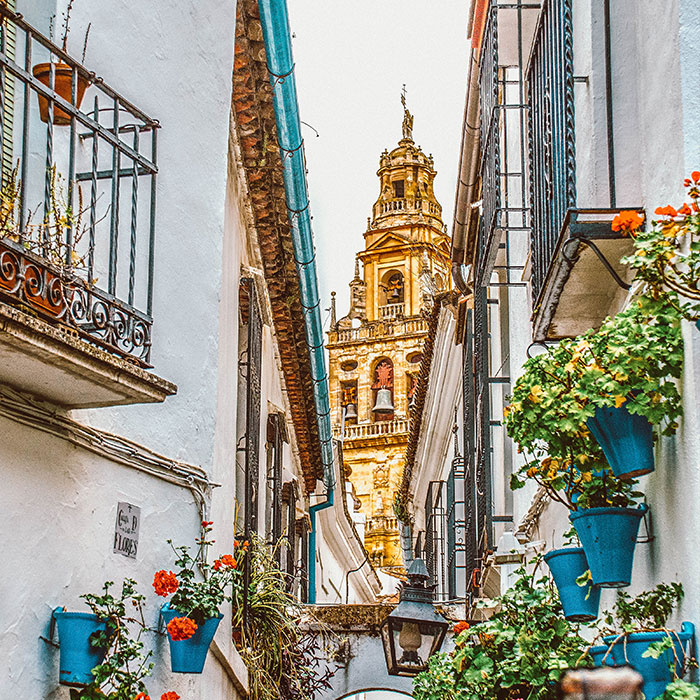
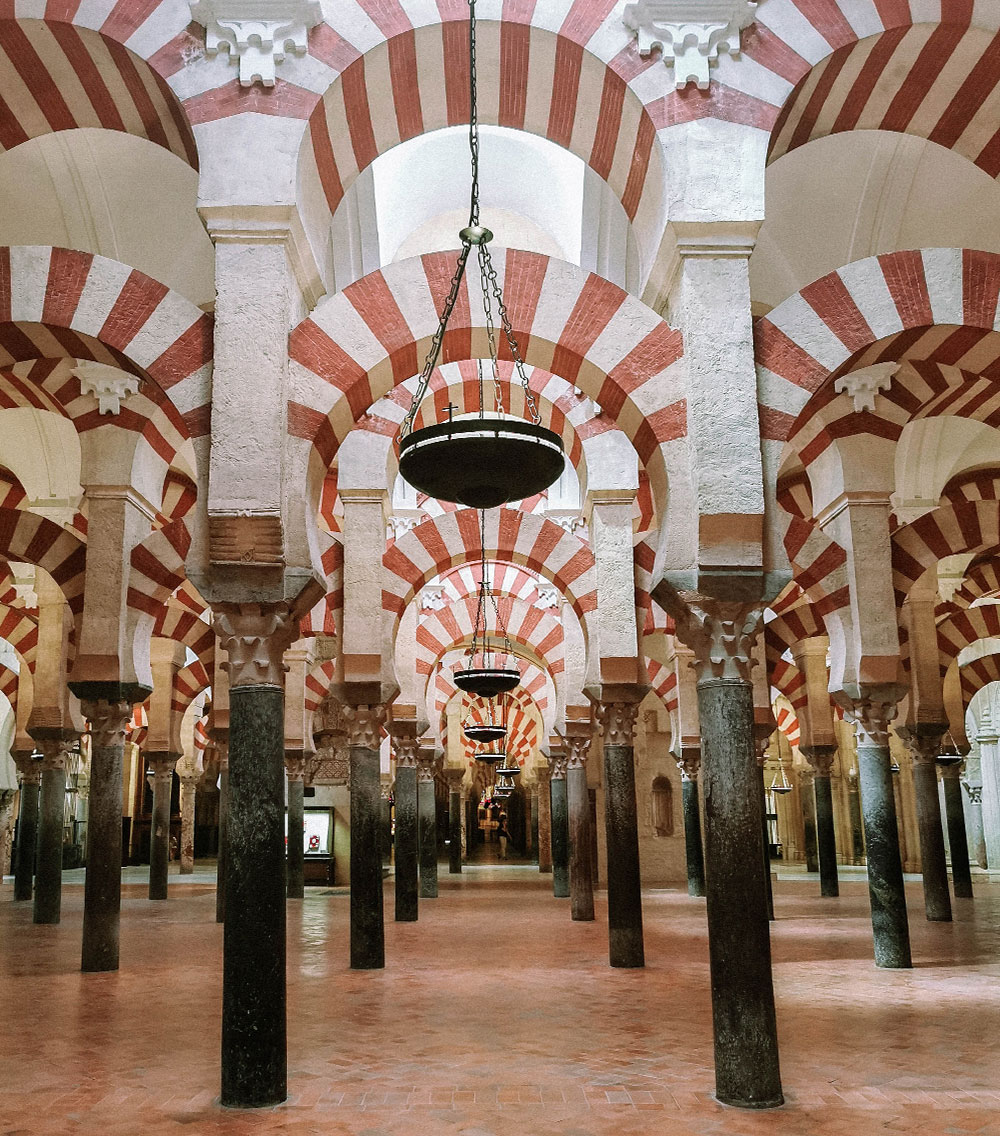


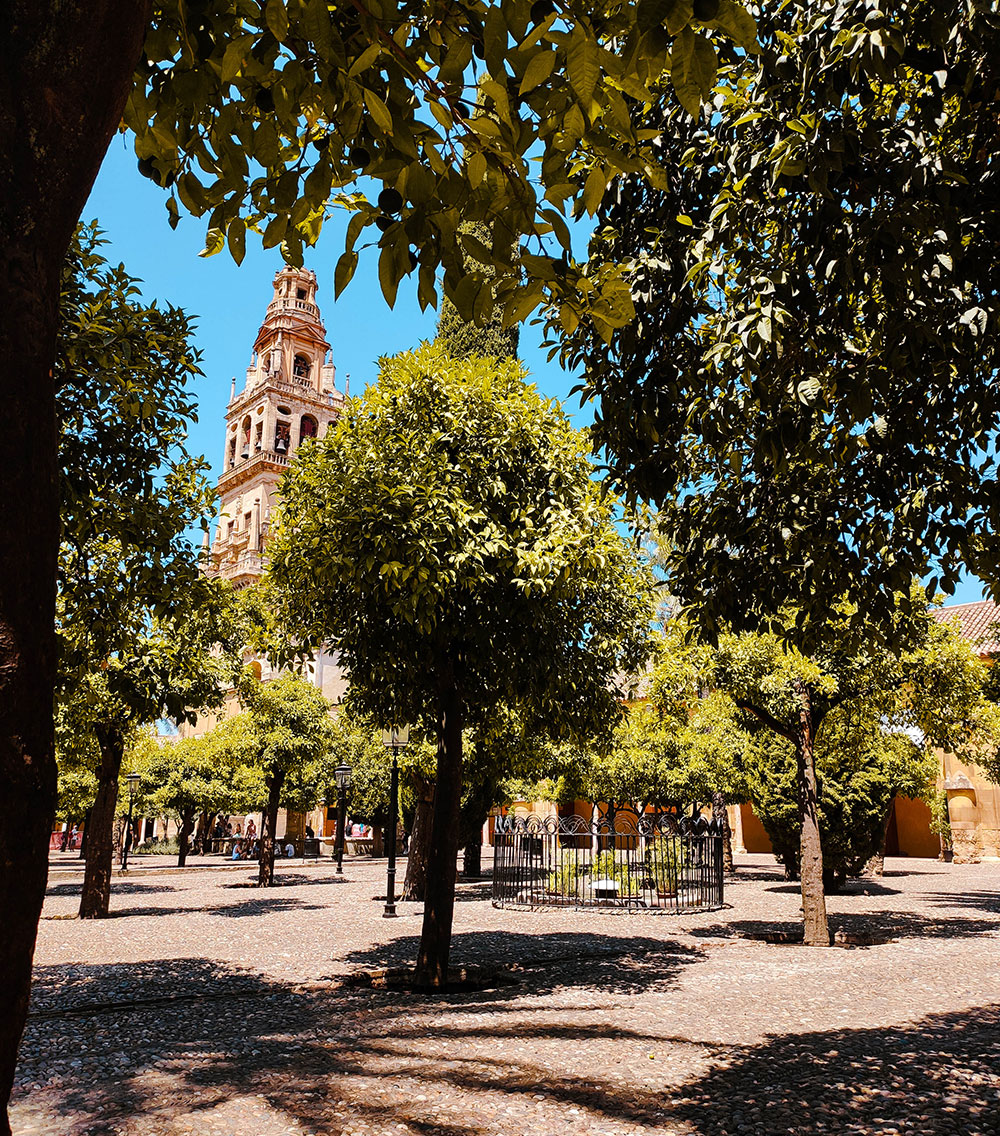
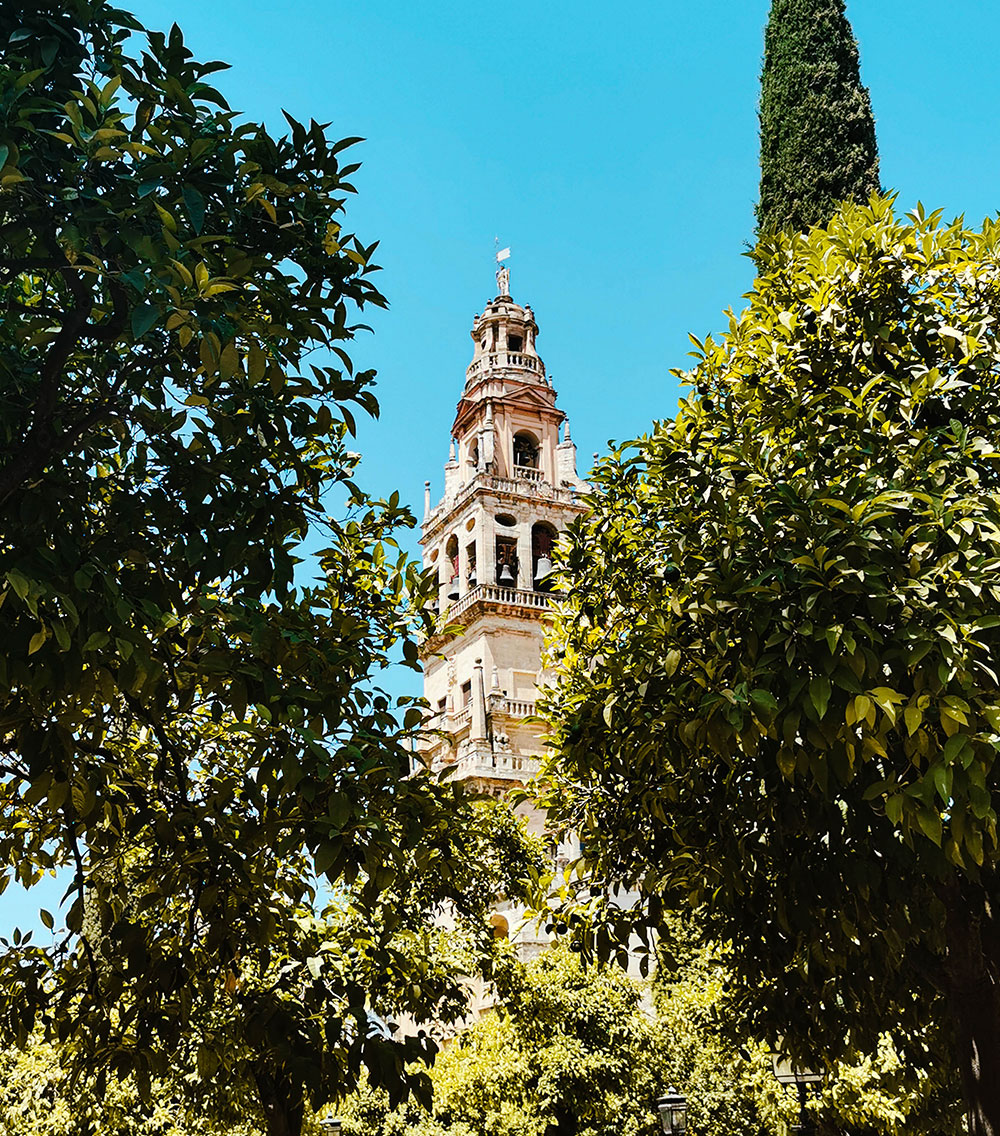
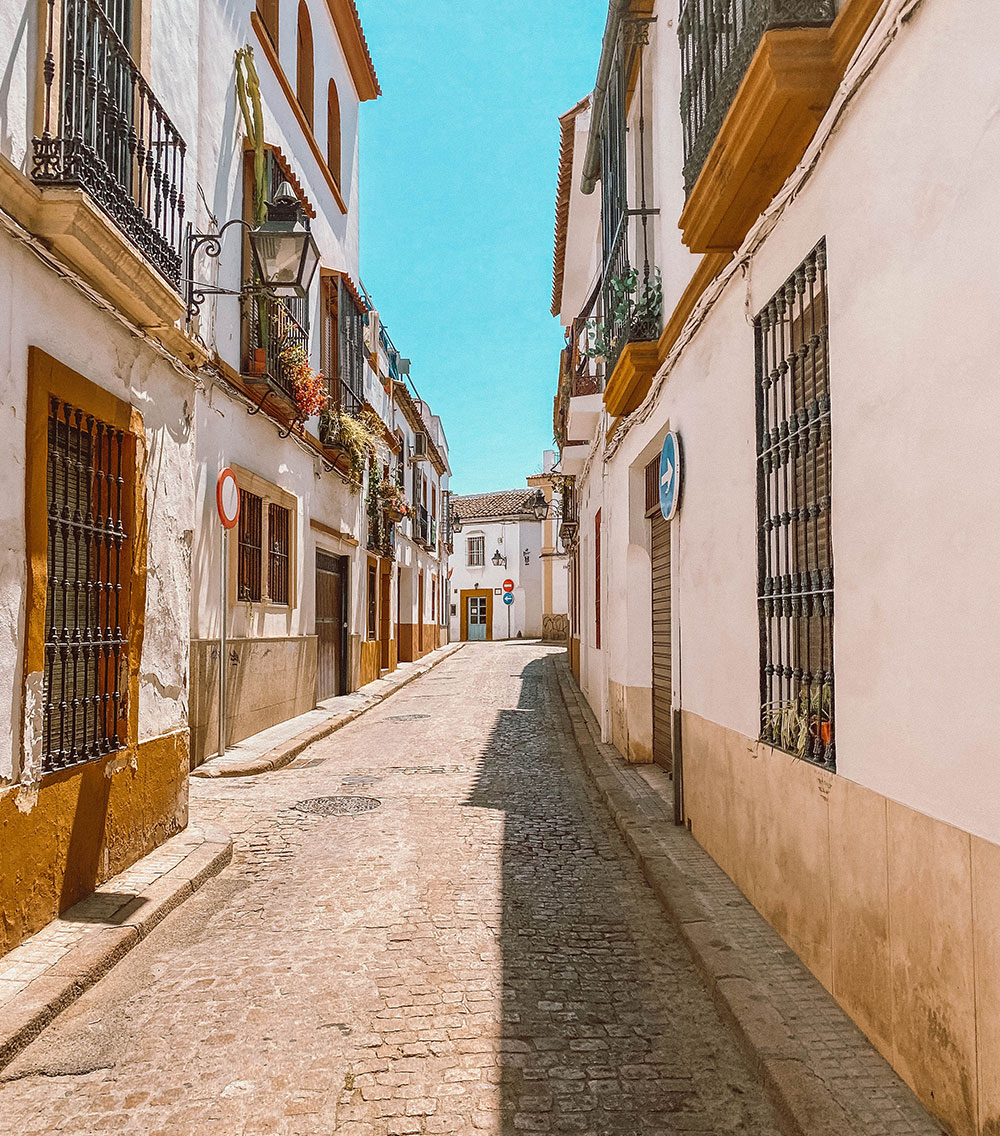
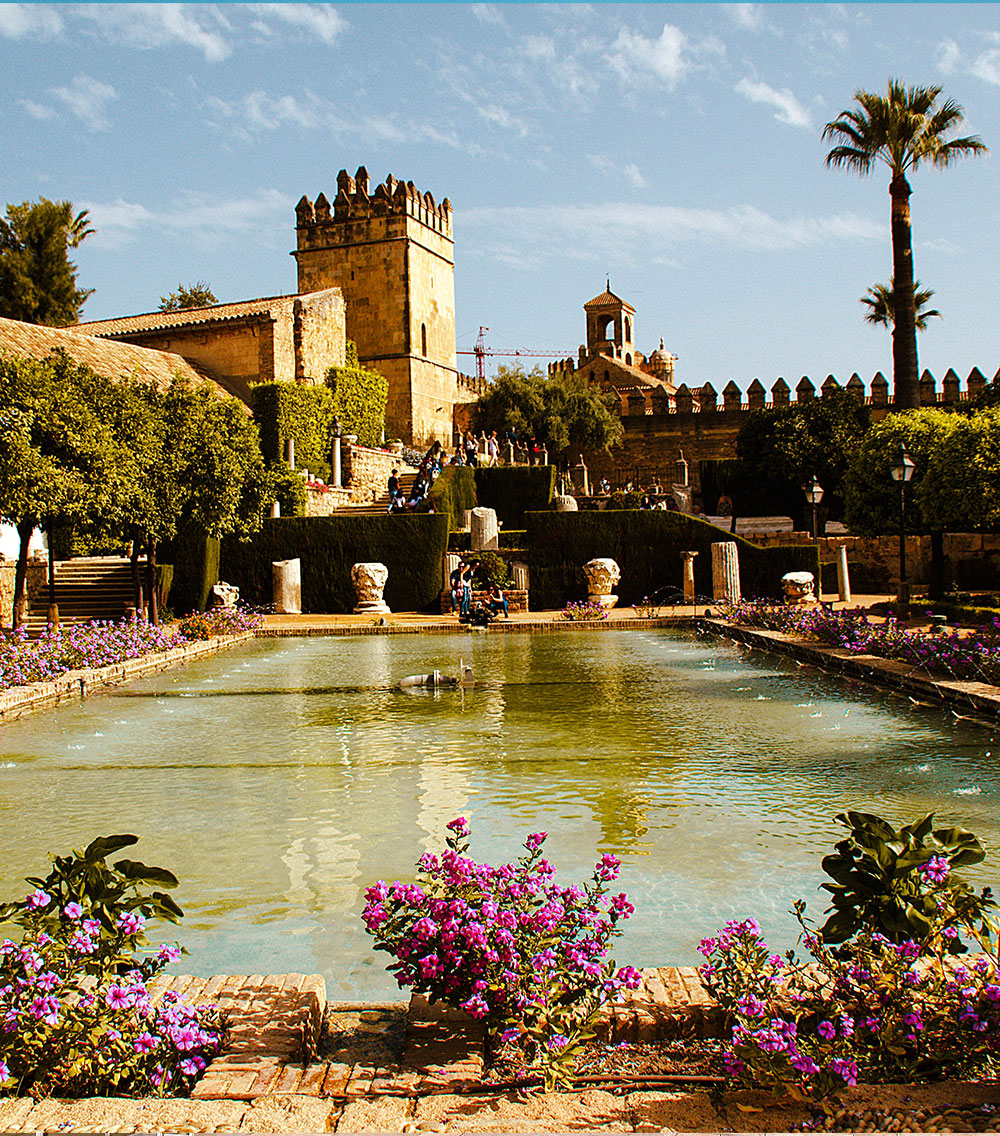
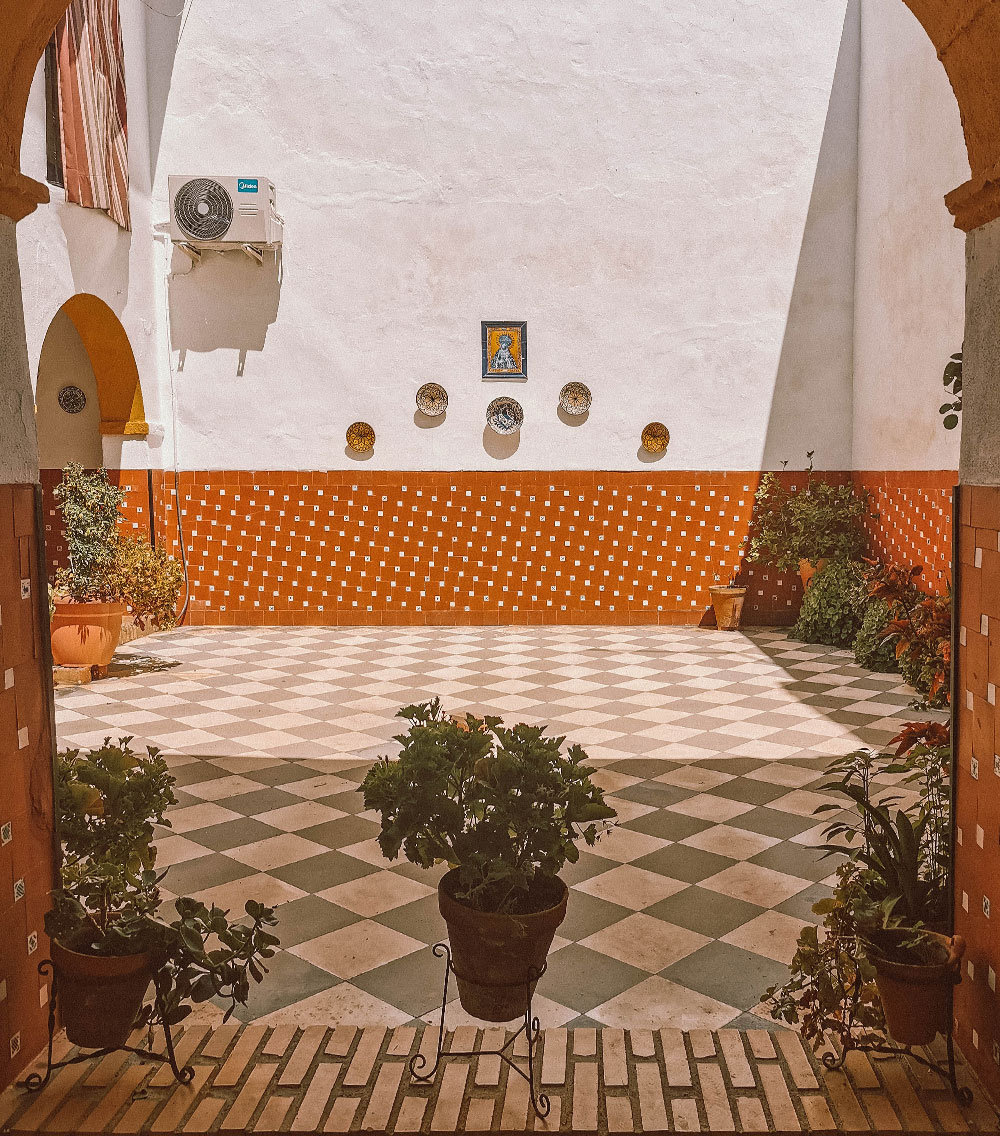

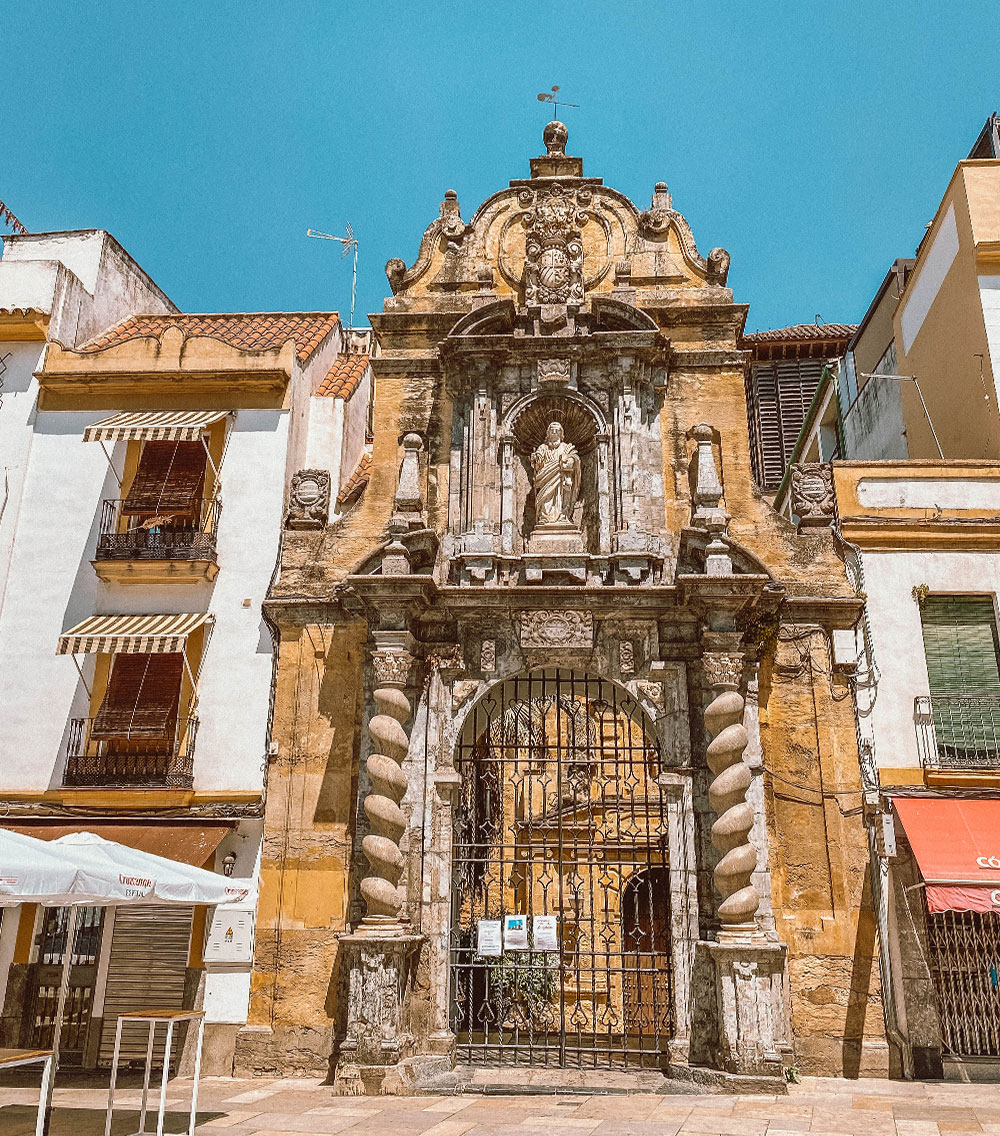
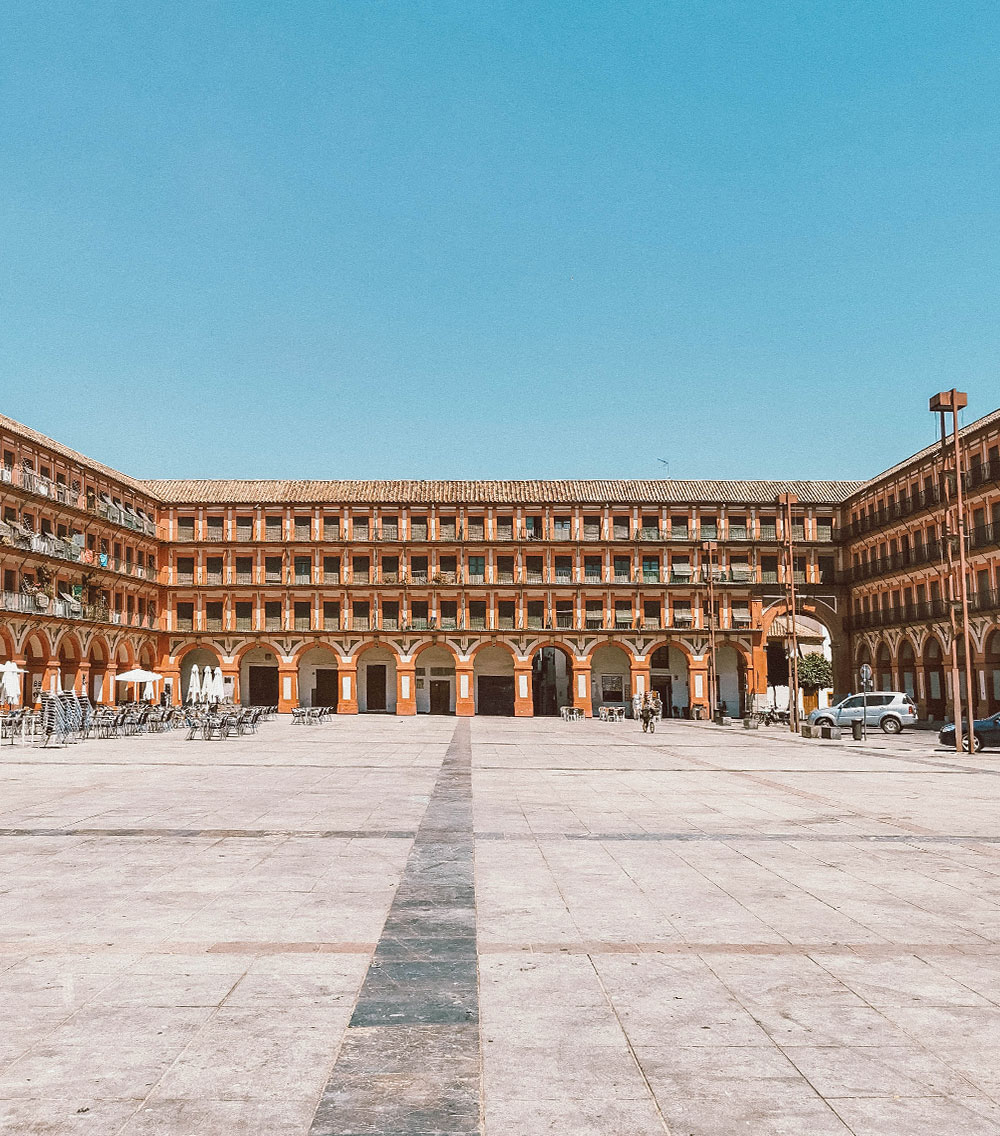
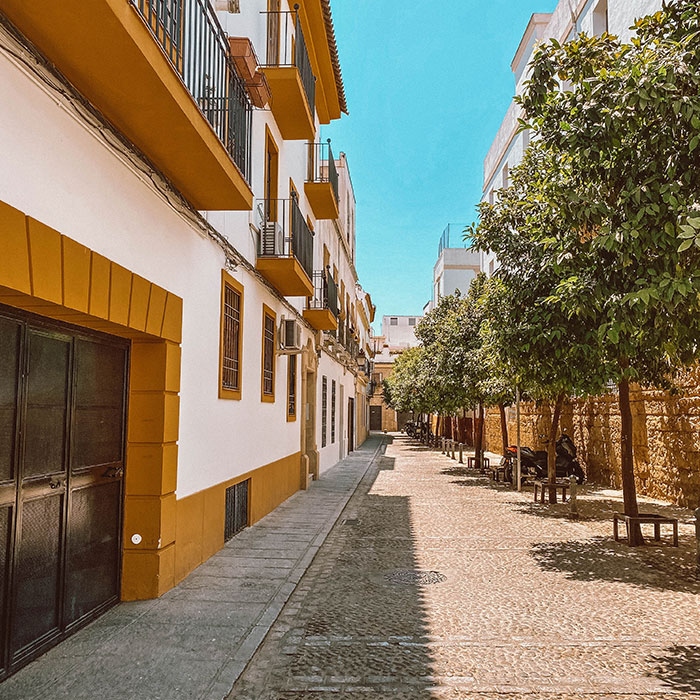
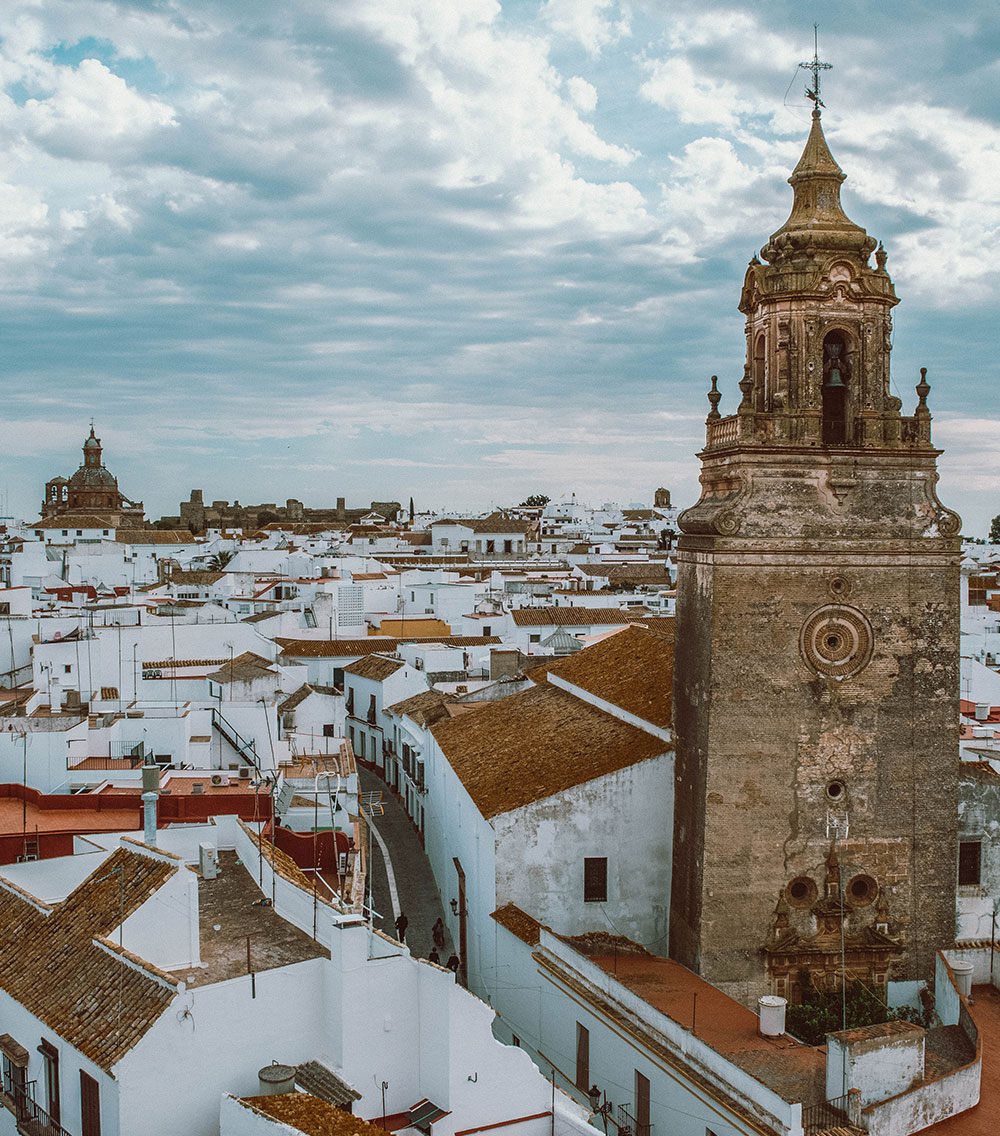
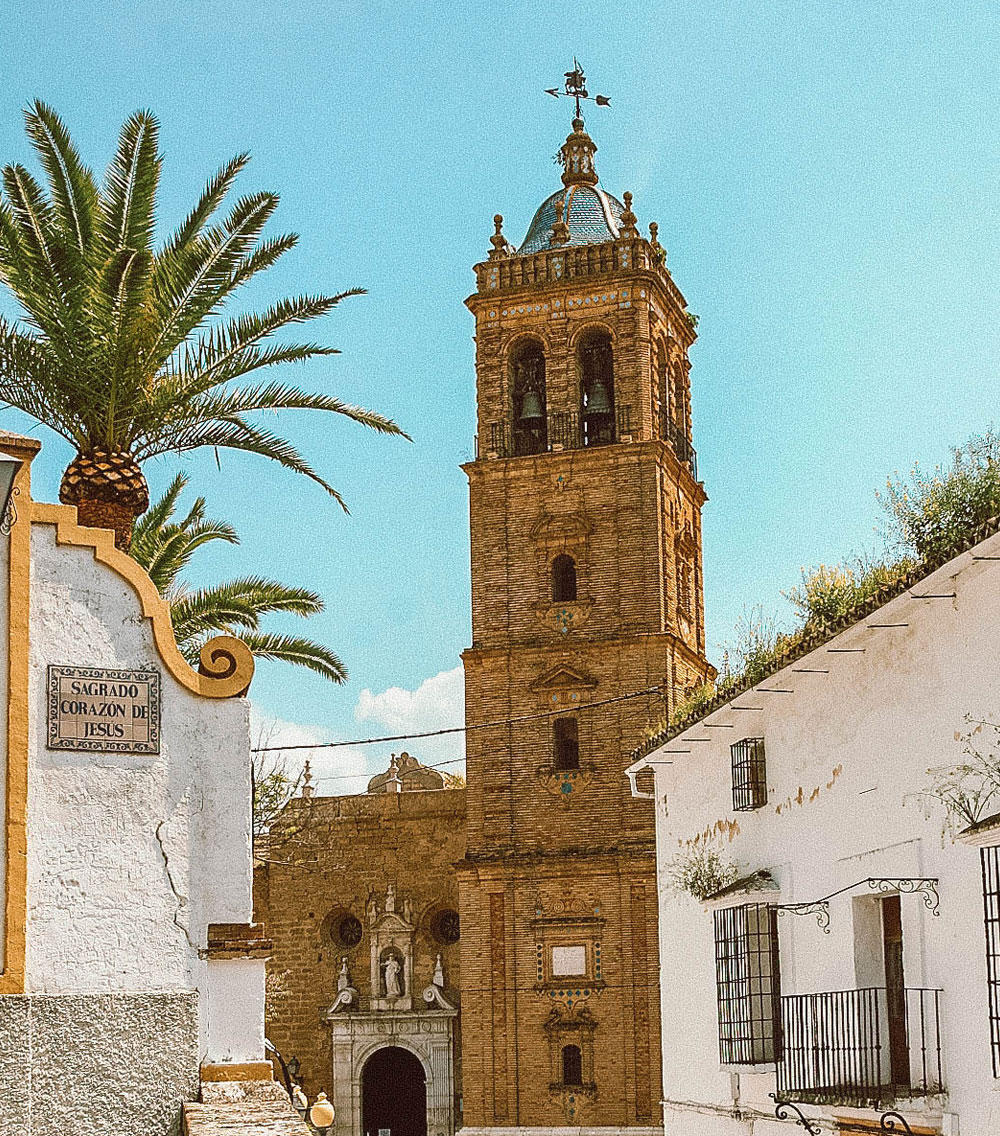
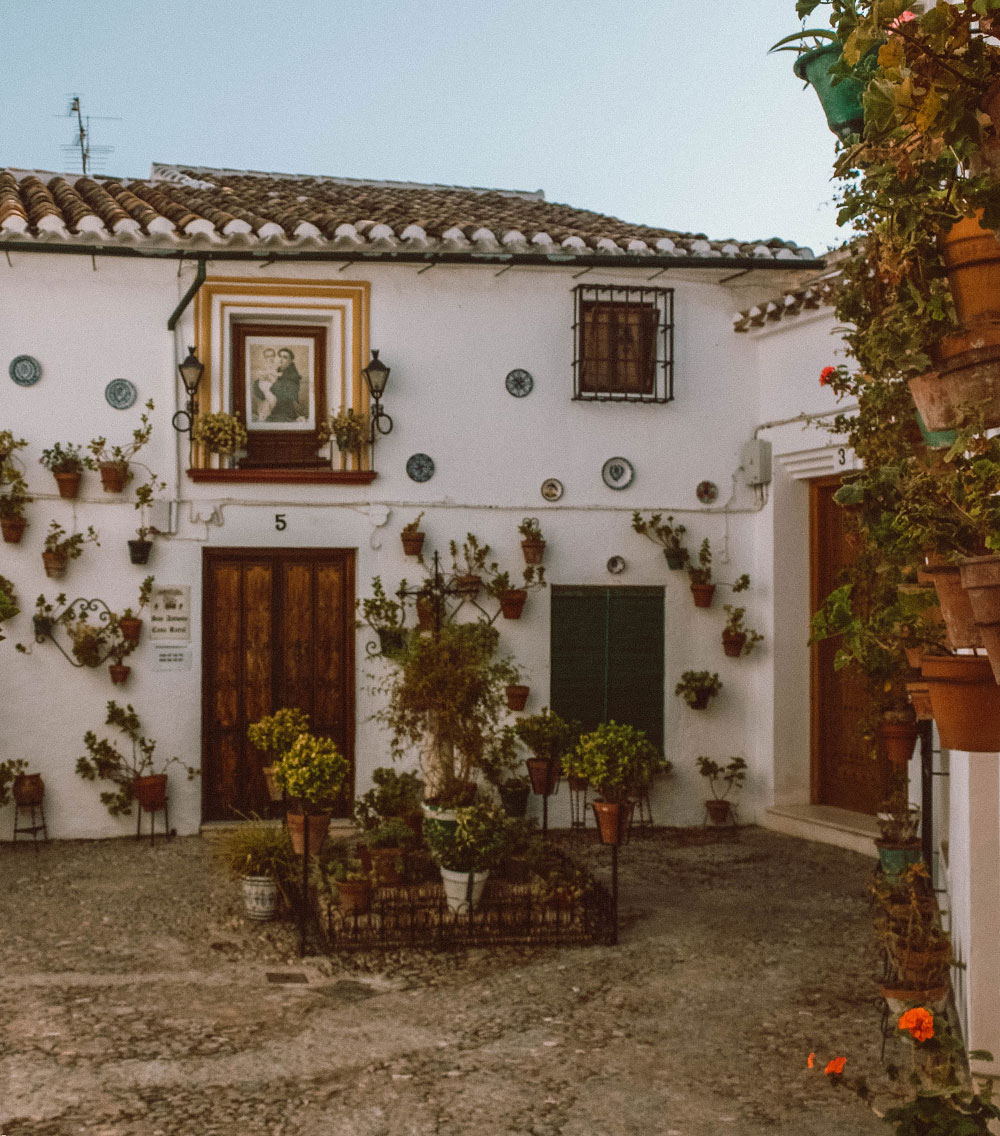

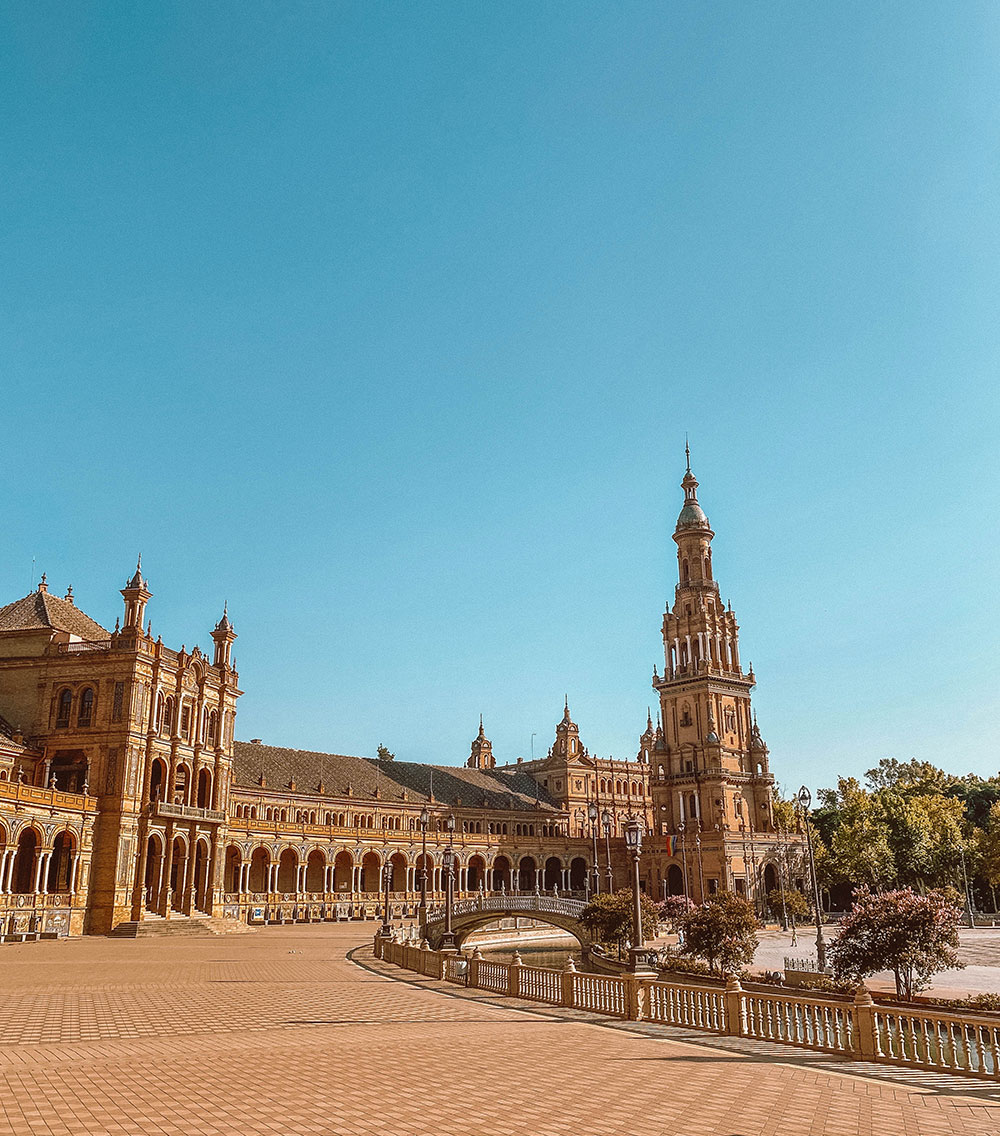
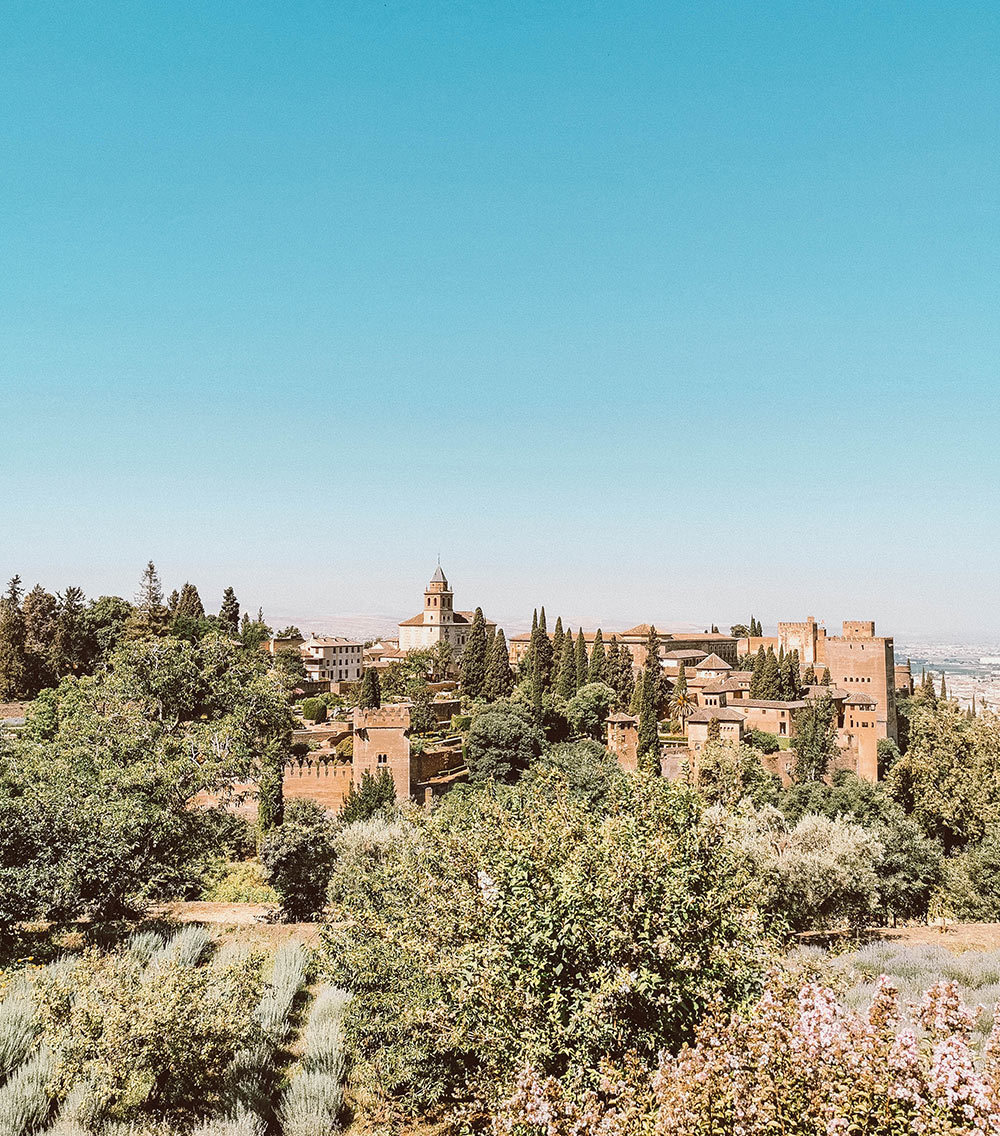

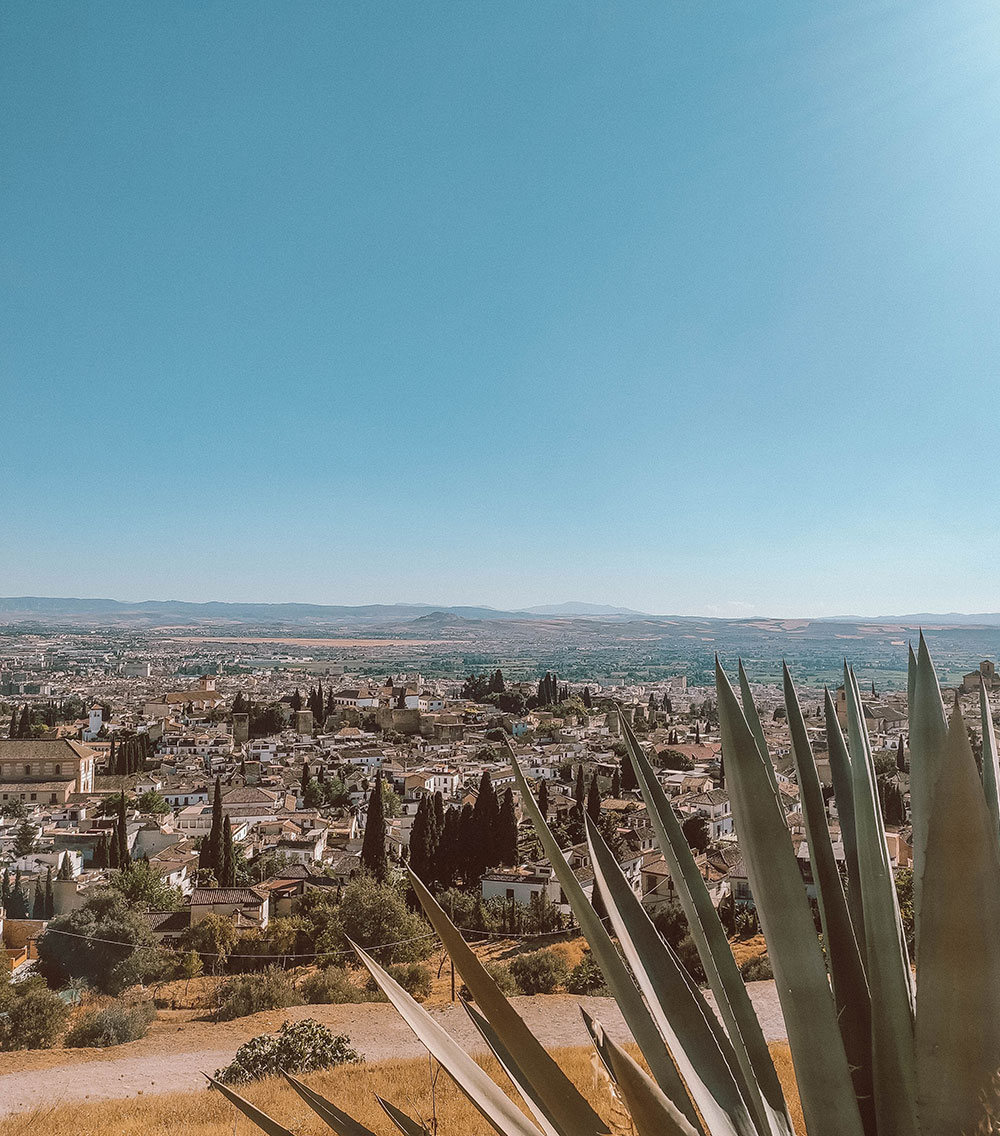
No Comments